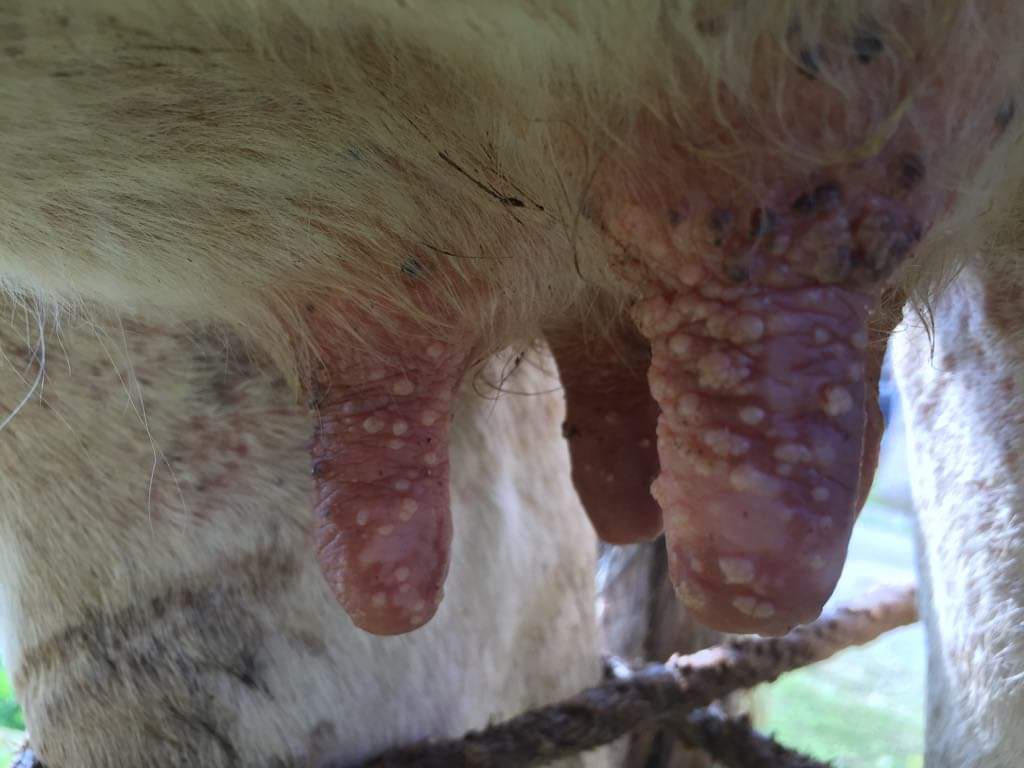Effectiveness of different treatment protocols against cutaneous bovine papillomatosis (wart): a clinical trial study
Keywords:
Autohaemotherapy, autovaccine, cutaneous, ivermectin, lithium antimony, papilloma, remissionAbstract
Cutaneous papillomatosis in bovine is a persistent problem in Bhutan imposing heavy economic losses to the farmers and compromising animal welfare. Although there are numerous therapies with varying protocols, it is not known which therapy is the most effective. A research trial was conducted to identify the most effective treatment protocol for cutaneous papillomatosis in Bhutan. A total of 20 cases identified based on clinical manifestation were stratified into different groups based on location and morphology of papilloma. A total of 5 cases were randomly selected from the different stratified groups and assigned to each treatment arm. Four treatment options - Autovaccines, Autohaemotherapy, Ivermectin injection, and Lithium antimony were used for the study. The response to treatment was measured every 15 days for 3 months and considered successful treatment upon complete disappearance of all papillomas. Proportion of animals recovered in each treatment was calculated and compared between other groups using Chi-square test. The overall recovery rate of 40% (95% CI 19.1-63.9%) within 90 days post-treatment was recorded in the current study. A statistically significant difference (p=0.040) in recovery rate among the different treatment groups was observed. Lithium group had the highest recovery rate of 80% (95% CI 28.4-99.5%) while autovaccine group had none recovered. The remission rate in the Autohaemotherapy and Ivermectin group was 60% (95% CI 14.7-94.7%) and 20% (95% CI 0.5-71.6%), respectively. All the animals with warts in udder and teat region in Lithium group (4 out of 5 animals) recovered. Comparatively, the Lithium group also had the fastest recovery rate. This study further validated the effectives of lithium against the treatment of wart in udder/treat region. Therefore, the lithium treatment protocol can be adopted for treating udder/teat warts in the country. Further studies with larger sample sizes are recommended to establish effectiveness of other treatment protocols.

Downloads
Published
License
Copyright (c) 2021 Bhutan Journal of Animal Science

This work is licensed under a Creative Commons Attribution 4.0 International License.





